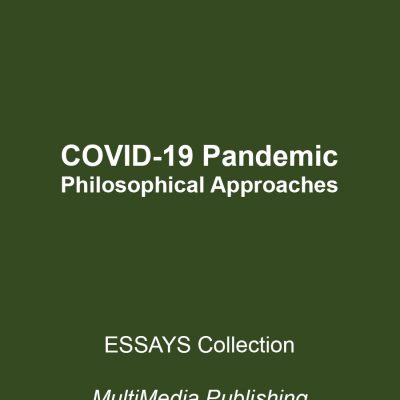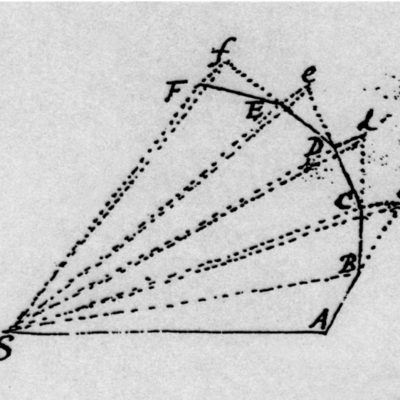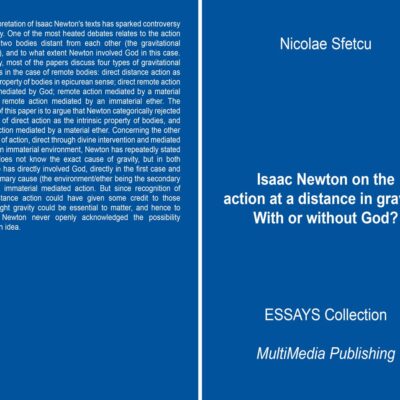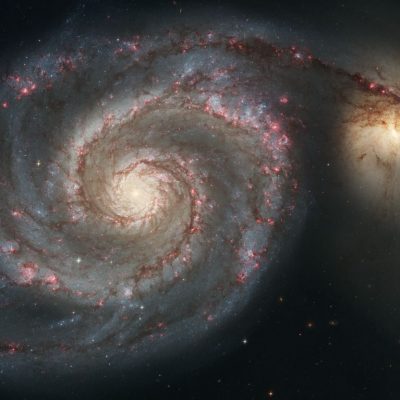The singularities from the general relativity resulting by solving Einstein’s equations were and still are the subject of many scientific debates: Are there singularities in spacetime, or not? Big Bang was an initial singularity? If singularities exist, what is their ontology? Is the general theory of relativity a theory that has shown its limits in this case?
Newtonian classic gravity admits a geometric description. Together with special relativity, it allows a heuristic description of the general relativity (GR). The inertial movement in classical mechanics is related to the geometry of space and time, practically along geodesics in which the world lines are straight lines in relativist spacetime. (Ehlers 1973) Due to the principle of equivalence between inertial and gravitational masses, when considering gravity, no distinction is made between inertial motion and gravity. This allows the definition of a new class of bodies in a free fall, defining a geometry of space and time by a geodetic motion that depends on the gradient of the gravitational potential. Hence the Newton-Cartan theory, a geometric formula of Newtonian gravity in curved spacetime using only covariant concepts. (Ehlers 1973) (Havas 1964)
Newtonian geometric gravity is a limiting case of special relativistic mechanics. Where gravity can be neglected, physics is Lorentzian invariant as in relativity, rather than Galilean invariant as in classical mechanics. (Giulini 2006)
Lorentz’s symmetry involves additional structures through light cones defining a causal structure 1. Together with the world lines for freefalling bodies, light cones can be used to reconstruct the semi-Riemannian spacetime metric, at least up to a positive scalar factor, resulting in a conforming structure (or geometry).
If gravity is taken into account, the temporal straight lines defining an inertial frame without gravity are curved, resulting in a change in spacetime geometry. (Schutz and Schutz 1985) Proper time measured with clocks in a gravitational field does not follow the rules of special relativity (it is not measured by the Minkowski metric), requiring a more general, curved geometry of space, with a pseudo-Riemannian metric naturally associated with a certain type of connection, the Levi-Civita connection, which satisfies the principle of equivalence and makes the
local space Minkowskian. (Ehlers 1973)
In November 1915, at the Academy of Sciences of Prussia, Einstein presented the field equations 2 that include gravity, which specifies how space and time geometry is influenced by matter and radiation.
According to General Relativity (GR), the gravitational force is a manifestation of the local spacetime geometry. GR is a metric theory of gravity. It is based on Einstein’s equations, which describe the relationship between the geometry of a four-dimensional, pseudo-Riemannian manifold, representing spacetime and energy-impulse contained in that spacetime. Gravity corresponds to changes in space and time properties, which in turn modify the paths of objects. Curvature is caused by the energy-impulse of matter. According to John Archibald Wheeler, spacetime tells matter how to move, and matter tells spacetime how to curve. (Wheeler 1990) For weak gravitational fields and low speeds relative to light speed, the predictions of the theory converge to those of Newton’s law of universal gravity.
GR shows general covariance (the laws have the same form in all coordinate systems) and does not contain invariant geometric background structures (it is independent of the actual shape of the spacetime and the value of various fields). Basically, the principle of equivalence is valid at the local level, the space-time is Minkowskian, and the laws of physics manifest Lorentz’s local invariance. (Weinberg 1972)
In GR, matter and geometry must satisfy Einstein’s equations. A solution to these equations is a model of universe with possible additional laws governing matter. The most known exact solutions are those that correspond to a certain type of black hole in an empty universe (Chandrasekhar 1998) (the Schwarzschild solution, the Reissner-Nordström solution and the Kerr metric), which describe an expanding universe (the Friedmann-Lemaitre-Robertson-Walker and Sitter universes), the Gödel universe (with the possibility to travel in time), the Taub-NUT solution (a homogeneous but anisotropic universe model) and the anti-Sitter space (recently highlighted in the context of the Maldacena conjecture). (Hawking and Ellis 2008)
In Newtonian gravity, the source of gravity is the mass, and in special relativity the mass is part of a more general quantity called energy-impulse tensor that includes both energy density and impulse density, and stress (pressure and shear). In GR, the gravity field equation refers to this tensor and the Ricci tensor that describes a certain class of tidal effects.
There are alternative theories to GR built on the same concepts, with different rules and/or constraints resulting different field equations (Whitehead theory, Brans-Dicke theory, teleparalalelism, f(R) gravity, Einstein-Cartan theory, etc.). (Brans and Dicke 1961)
Bibliography
- Brans, C., and R. H. Dicke. 1961. “Mach’s Principle and a Relativistic Theory of Gravitation.”Physical Review 124 (3): 925–35. https://doi.org/10.1103/PhysRev.124.925.
- Chandrasekhar, Subrahmanyan. 1998. The Mathematical Theory of Black Holes. Clarendon Press.
- Ehlers, Jürgen. 1973. “Survey of General Relativity Theory.” 1973. https://link.springer.com/chapter/10.1007/978-94-010-2639-0_1.
- Giulini, D. 2006. “Algebraic and Geometric Structures in Special Relativity.” In Special Relativity, 45–111. Lecture Notes in Physics. Springer, Berlin, Heidelberg. https://doi.org/10.1007/3-540-34523-X_4.
- Havas, Peter. 1964. “Four-Dimensional Formulations of Newtonian Mechanics and Their Relation to the Special and the General Theory of Relativity.” Reviews of Modern Physics 36 (4): 938–65. https://doi.org/10.1103/RevModPhys.36.938.
- Hawking, S. W., and G. F. R. Ellis. 2008. The Large Scale Structure of Space-Time. 21. printing. Cambridge Monographs on Mathematical Physics. Cambridge: Cambridge Univ. Press.
- Schutz, Bernard F., and Director Bernard F. Schutz. 1985. A First Course in General Relativity. Cambridge University Press.
- Weinberg, Steven. 1972. Gravitation and Cosmology: Principles and Applications of the General Theory of Relativity. Wiley.
- Wheeler, John Archibald. 1990. A Journey Into Gravity and Spacetime. Scientific American Library.
Notes
1 For each event A, there is a set of independent events of observers which can, in principle, influence or be influenced by A through signals or interactions that do not have to travel faster than light and a set of events for which such influence is impossible.
2 Einstein field equations:
Gμν ≡ Rμν – (1/2)Rgμν = (8πG/c4)Tμν
where Gμν is the Einstein tensor, a specific combination without distinction of the Ricci tensor Rμν and the metrics, and Tμν is the energy-momentum tensor. The proportionality constant can be fixed as k = 8πG/c4, where G is the gravitational constant and c the speed of light. In vacuum, Rμν = 0.
Sfetcu, Nicolae, “Classical theory of singularities”, SetThings (June 1, 2018), MultiMedia Publishing (ed.), DOI: 10.13140/RG.2.2.22006.45124, URL = https://www.telework.ro/en/classical-theory-of-singularities/
Email: nicolae@sfetcu.com
This article is licensed under a Creative Commons Attribution-NoDerivatives 4.0 International. To view a copy of this license, visit http://creativecommons.org/licenses/by-nd/4.0/.
PDF: https://www.telework.ro/en/e-books/classical-theory-of-singularities/













Leave a Reply